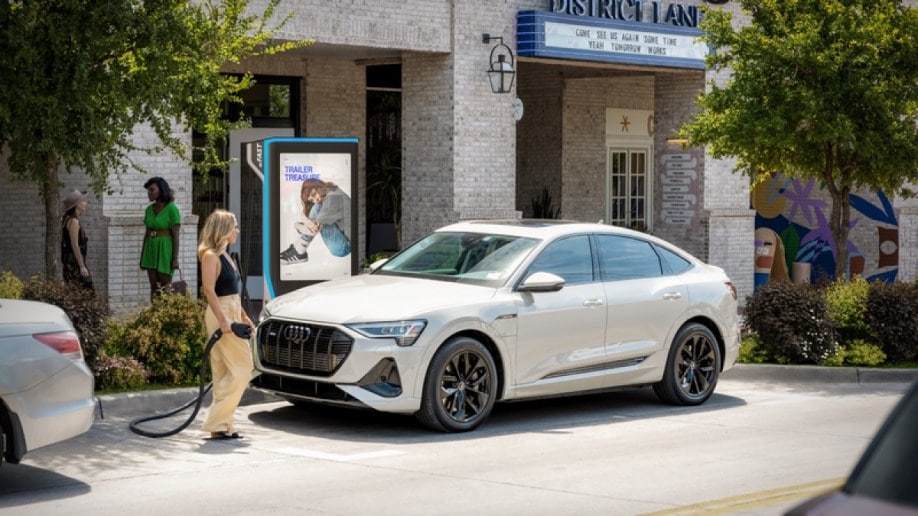
Shell Is One of History’s Largest Companies
Shell plc is the world’s fifth-largest oil company. The company claims operations in 70 countries and “delivered a record $40 billion profit in 2022,” according to Reuters.
It also operates a network of electric car chargers, Shell Recharge. The company says it operates about 140,000 charging points globally. Counting charging points instead of charging stations is like counting gas pumps instead of gas stations. Shell’s numbers don’t tell us how many locations it operates, just how many total chargers.
Related: EV Charging — Everything You Need to Know
Most are outside the U.S. In America, a quick check of the Shell Recharge app shows concentrations of chargers in California; the Washington, D.C., area; and central Florida.
That number is about to get a lot bigger in a hurry.
The Purchase Is Comparatively Tiny
Late Friday, Shell announced that it has acquired charging network Volta Inc. “With this acquisition, Shell now owns and operates one of the largest public electric vehicle (EV) charging networks in the U.S.,” the company says.
Volta operates over 3,000 charging points spread “across 31 U.S. states and territories,” with another 3,400 in development. Volta’s chargers are unique because of their huge advertising screens — the company sells electricity at lower rates than most competitors and defrays the cost with advertising.
Since charging an EV, depending on the car and the type of charger, can take anywhere from 20 minutes to several hours, Volta bets on its users seeing a lot of ads. Most of its chargers are “destination chargers” — chargers that can take hours to recharge a car.
István Kapitány, Executive Vice President of Shell Mobility, says the company is fine with that strategy because of where the chargers are located.
“As demand for EV charging continues to grow, destination sites will play a key role in meeting people where they spend a great deal of time: the store, the gym, and everywhere in between,” he says.
So, is Shell preparing for the day when public chargers will displace its network of more than 14,000 gas stations?
Probably not.
The company notes that it bought all of Volta’s operations for “approximately USD $169 million” — about 0.4% of last year’s profit total.
Public Chargers Still Too Rare, Frequently Faulty
America is a long way from the day when chargers replace gas stations. Several states have moved to ban sales of new gas-powered cars after 2035, but those laws won’t take gas-powered cars off the road. It will take decades for most of them to be replaced with electric cars.
A recent study suggests that America needs at least 1,000 more DC fast chargers along major highway routes to enable drivers to get from coast to coast on electric power alone. Even the largest existing network — Tesla’s — has just over 500 such locations.
Other studies indicate that counting the number of charging stations has limited value because so many are broken or inaccessible at any given time that more than a fifth of all charging attempts fail.
And most EV charging, unlike refueling with gas, is done at home.
So, Shell’s move remains a small investment for now. The company says it “aims to expand its EV charging offer to operate more than 500,000 charge points” globally by 2025 and about 2,500,000 by 2030.
But this is far from the end of the gas station.







